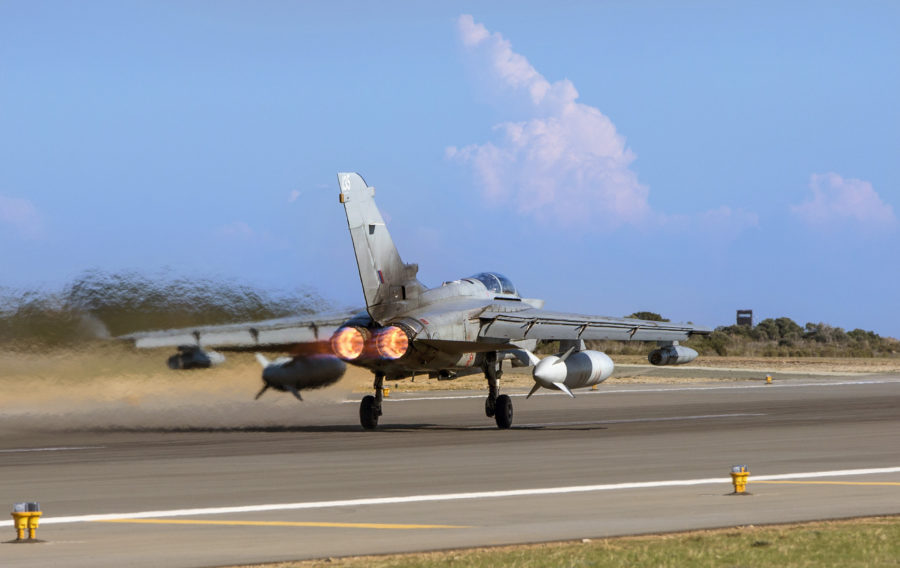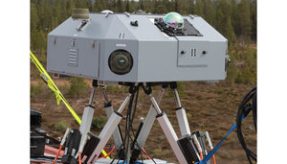
Leonardo has been contracted by the RAF to supply its BriteCloud countermeasure to provide enhanced protection from advanced radar-guided missiles for its Tornado GR4 aircraft.
The drinks-can-sized countermeasure, which protects fighter jets from modern radar-guided missiles, will be available for use by Tornado GR4 crews in the near future The RAF will be the first air force in the world to field this new protective technology.
The acceptance into service follows a series of tests carried out by the RAF in the United States in June 2017. These live firings saw dozens of BriteCloud decoys launched from Tornado GR4 aircraft by the RAF’s 41 Test and Evaluation Squadron against high-tech radar guidance systems. The tests produced a string of successful results which were then handed over for in-depth analysis by Ministry of Defence scientists at the UK’s Air Warfare Centre and the Defence Science and Technology Laboratory (Dstl).
Leonardo has worked since 2012 with the UK MOD to develop active expendable decoy technology, with the concept originating through a project commissioned by DSTL and jointly managed by Leonardo and the MOD’s Defence Equipment and Support (DE&S) organisation. Leonardo has subsequently invested significantly in its Luton-based electronic warfare centre to develop and manufacture the final BriteCloud product.
In late 2017 the Ministry of Defence approved the technology for operations and first deliveries of the decoys by Leonardo to the RAF will take place this month.
BriteCloud packs a sophisticated electronic radar jamming system into a package just a few inches long. The decoy can fit into a fighter aircraft’s standard chaff and flare dispenser and can be ejected at the push of a button if the aircraft is locked onto by a modern radar guided missile. Upon launch, the decoy instantly powers up and its automatic jammer produces a ‘ghost’ signal to defeat an enemy’s radar, making it straightforward to use and able to protect its host aircraft even in situations where traditional chaff and flare countermeasures would be ineffective.
If you would like to join our community and read more articles like this then please click here.







